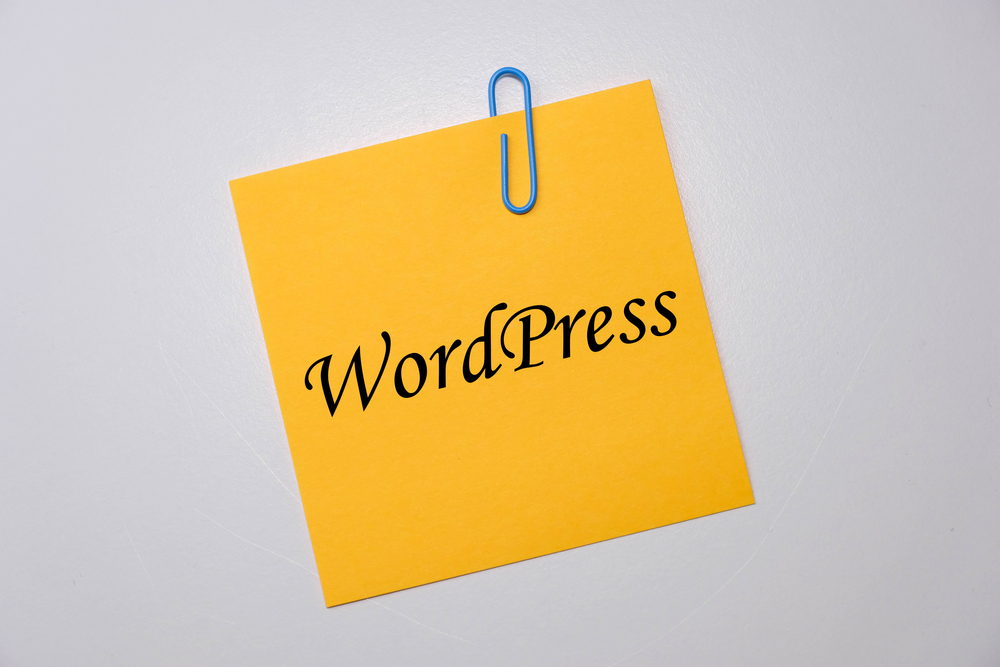
Mastering WordPress: Essential Tips & Tricks for Customizing and Maintaining Your Website

WordPress has become one of the most popular content management systems (CMS) for building websites. Its user-friendly interface and abundance of customization options make it an ideal choice for both beginners and experienced web developers. In this article, we will explore some essential tips and tricks for mastering WordPress (or WP) , allowing you to customize and maintain your website with ease.
Customizing Your WordPress Theme
One of the great advantages of using WordPress is the ability to customize your website's design through themes. WordPress (the blogging platform) offers a wide variety of free and premium themes that can be easily installed and activated. However, to truly make your website stand out, you may need to make some customizations.
1. Child Themes: When customizing a theme, it is recommended to create a child theme instead of modifying the parent theme directly. This ensures that your modifications won't be lost when the theme is updated. Creating a child theme involves creating a new folder in the "themes" directory, adding a style.css file with necessary information, and adding a functions.php file for additional customizations.
2. Custom CSS: To further customize your website's appearance, you can use custom CSS. WordPress provides the option to add custom CSS through the WordPress (WP) Customizer or by using a plugin like Simple Custom CSS. This allows you to override the existing styles of your theme without modifying the theme files directly.
3. Customizing Header and Footer: Many themes allow you to customize the header and footer sections of your website through the theme options. Here, you can add your logo, social media icons, copyright information, or any other elements you want to display consistently across all pages.
4. Widgets and Sidebars: WordPress provides the flexibility of adding widgets and sidebars to your website. Widgets are small content blocks that can be added to specific areas of your website, such as the sidebar or footer. To customize the widget areas, navigate to "Appearance" > "Widgets" and drag and drop the desired widgets into the desired widget areas.
Customizing Plugins in WordPress (the platform for bloggers)
In addition to customizing your theme, WordPress also offers a wide range of plugins that can enhance the functionality of your website. These plugins can be customized as well, allowing you to tailor them to your specific needs.
1. Plugin Styling: Some plugins provide options to customize their appearance through their settings or theme integration options. For example, a contact form plugin may offer options to change the colors, fonts, or layout of the form.
2. Plugin Hooks and Filters: If you have coding knowledge, you can further customize plugins by using hooks and filters provided by WordPress. Hooks allow you to add or modify functionality in specific parts of a plugin, while filters allow you to modify the output of a specific function. You can find documentation on available hooks and filters in the WordPress Plugin Handbook.
Maintaining Your WordPress Website
Once your website is up and running, it's important to regularly maintain it to ensure smooth performance, security, and optimal user experience. Here are some essential tips for maintaining your WordPress website.
1. Regular Updates: WordPress frequently releases updates to its core software, themes, and plugins. It is crucial to regularly update your website to benefit from new features, bug fixes, and security patches. Always backup your website before performing updates.
2. Secure User Roles and Passwords: Ensure that each user has the appropriate user role assigned to them. Admin roles should only be given to trusted individuals who need access to the administrative settings. Additionally, enforce strong passwords for all user accounts to prevent unauthorized access.
3. Backups: Regularly backup your website's content, database, and any other necessary files. This is crucial in case of any unexpected data loss, hacking attempts, or website crashes. Several plugins are available specifically for creating backups, such as UpdraftPlus and BackupBuddy.
4. Security Plugins: Install and configure a security plugin to protect your website from potential threats and vulnerabilities. Plugins like Wordfence, Sucuri, and iThemes Security offer features like malware scanning, login protection, and firewall to safeguard your website.
5. Optimizing Performance: Websites with slow loading times can negatively impact user experience and search engine rankings. Use caching plugins like WP Rocket or W3 Total Cache to improve your website's speed. Optimize images, minify CSS and JavaScript files, and consider using a content delivery network (CDN) to further enhance performance.
Frequently Asked Questions:
Q1. Can I switch my WordPress theme without losing content?
A1. Yes, switching themes will not cause you to lose any of your content. However, the new theme may require additional customization to match the old one.
Q2. How do I add a new page to my WordPress website?
A2. To add a new page, navigate to the WordPress dashboard, go to "Pages" > "Add New," provide a title and content for the page, and then click on "Publish" to make it live.
Q3. Can I integrate an e-commerce store into my WordPress website?
A3. Yes, WordPress offers various plugins like WooCommerce, Easy Digital Downloads, and Shopify for integrating e-commerce functionality into your website.
Q4. How can I improve my website's SEO in WordPress?
A4. Install an SEO plugin like Yoast SEO or Rank Math, optimize your content with targeted keywords, create descriptive and unique meta tags, and focus on building high-quality backlinks.
Q5. Can I translate my WordPress website into multiple languages?
A5. Yes, you can use plugins like WPML or Polylang to create multilingual websites, allowing you to reach a wider audience.
In conclusion, mastering WordPress involves customizing themes and plugins to create a unique website, while also ensuring regular maintenance to keep it secure and optimized. By following these essential tips and tricks, you can take full control of your WordPress website and create a professional online presence.
Other useful resources
- https://www.wordpress24plus.com/wordpress-tools-directory/wordpress-themes/
- https://www.wordpress24plus.com/wordpress-tools-directory/
- https://www.wordpress24plus.com/topics/wordpress-tips-and-tricks/
- https://www.wordpress24plus.com/services/
- https://www.wordpress24plus.com